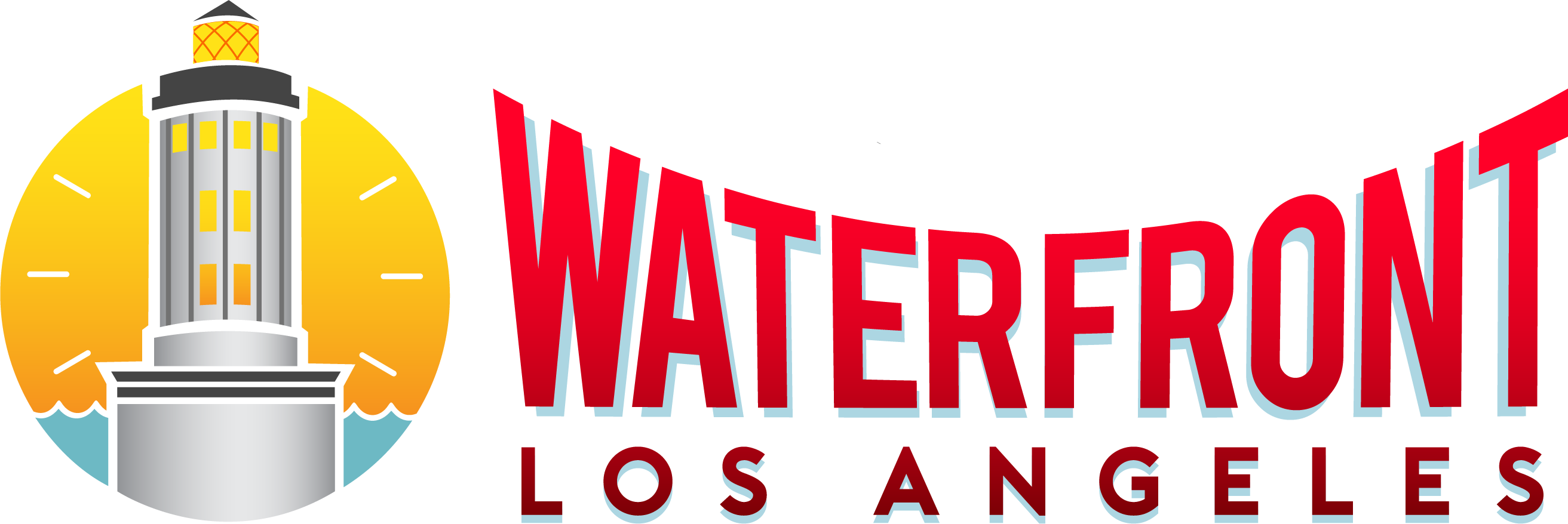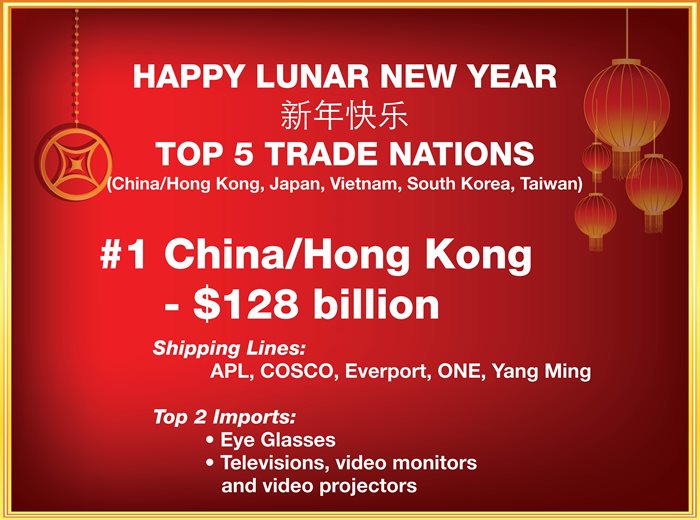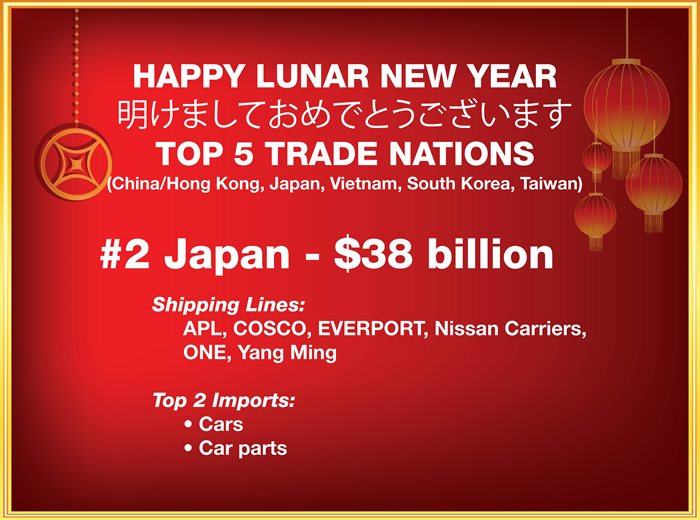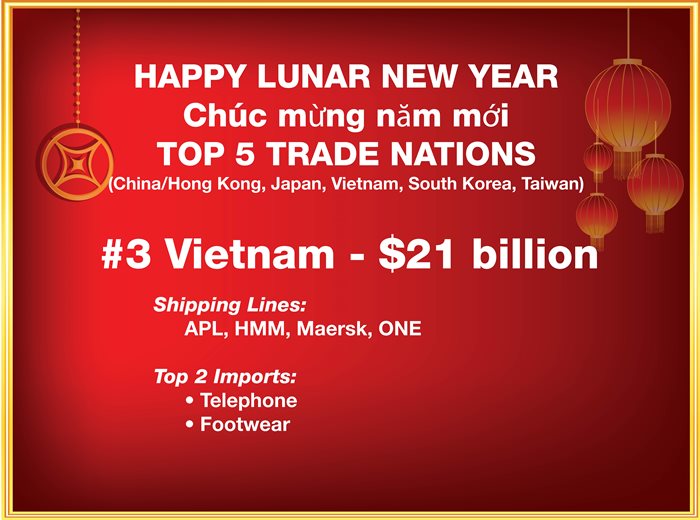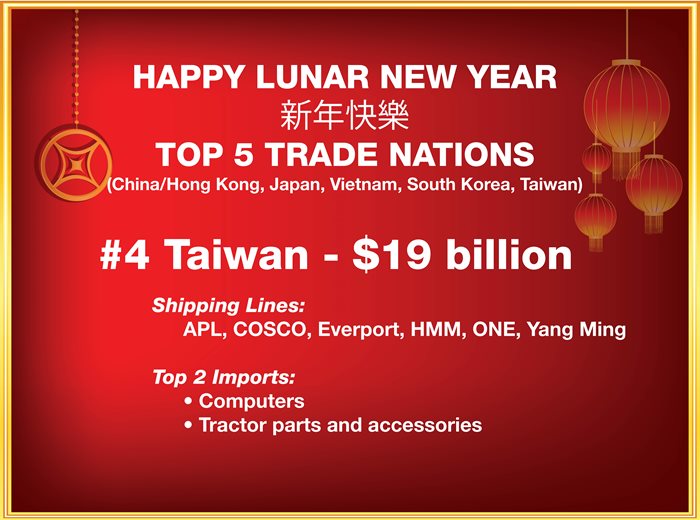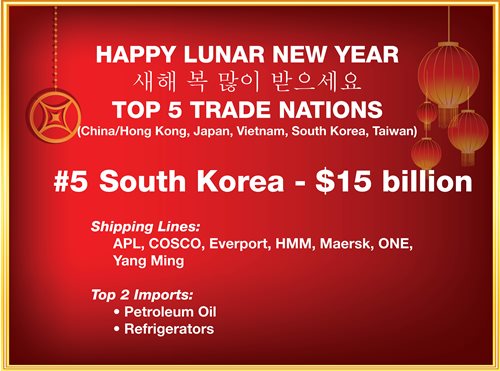CHINA AND HONG KONG
Chinese New Year is the most significant time for Chinese people to pay respect to their ancestors and spend time with family and friends. The New Year’s Eve dinner at home is seen as the most important meal of the year. Red envelopes containing a monetary gift are always exchanged. The 15th day of the lunar month marks the official end of the traditional New Year celebration.
